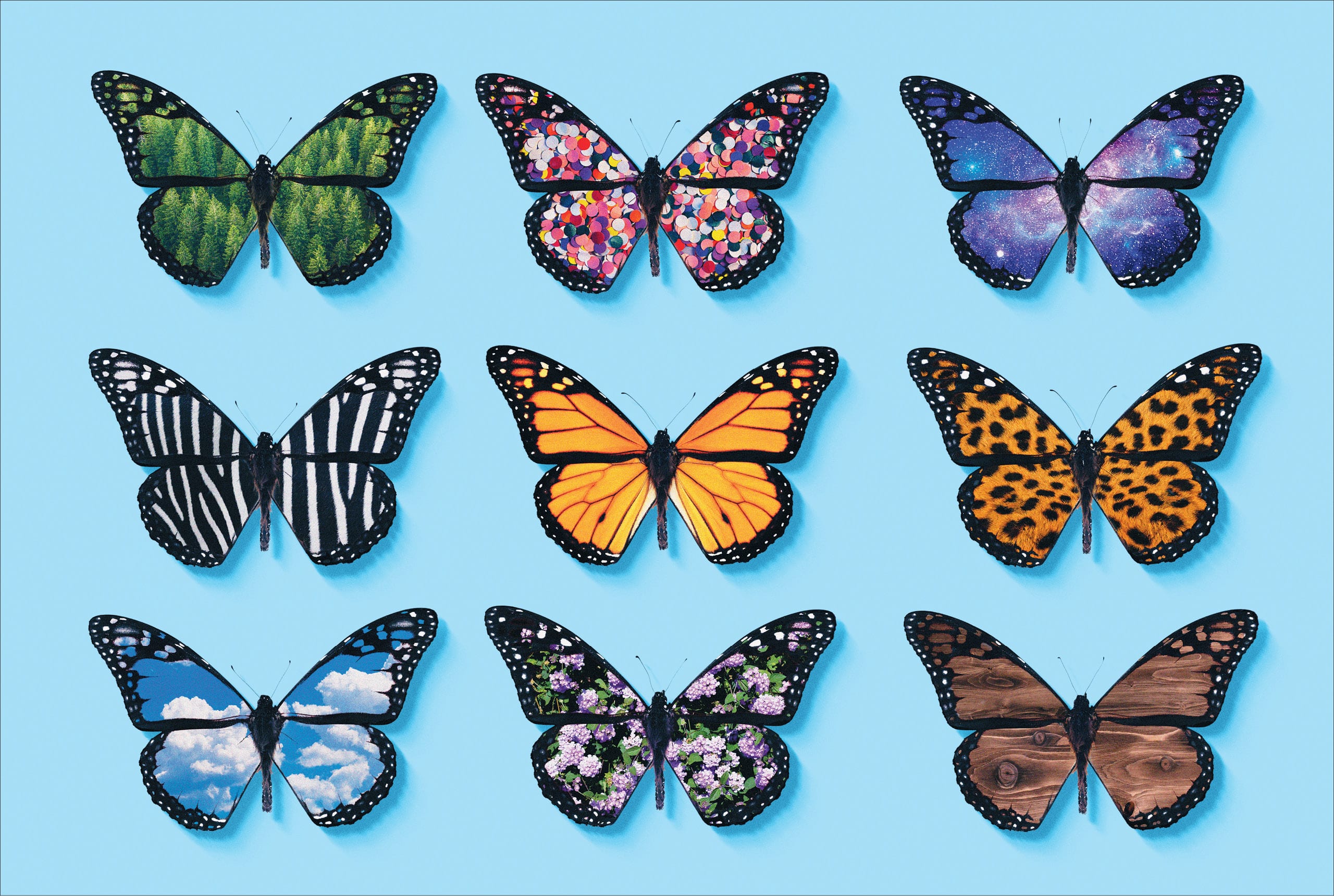Marketing guru David Aaker on finding enduring growth

The inspiration for David Aaker’s new book began with Japanese beer. The Berkeley Haas professor emeritus and marketing guru, who has been called the “father of modern branding,” was looking at data on Japanese beer and noticed something strange: In an active and profitable market where at least four major new products were launched each year, the market share of the major players only changed four or five times over 35 years.
“If you look at each of those shifts, they’re all explained by a whole new subcategory—a dramatic change in the way that beer was made and how it was presented,” Aaker says. From that revelation came his new book, Owning Game-Changing Subcategories: Uncommon Growth in the Digital Age.
Unlike traditional views of disruptive innovation as creating a whole new category, Aaker argues that growth occurs more often through creating something new within an existing category that delivers an improved customer experience or relationship. That has as much to do with branding as technology.
“What is needed for a winning subcategory strategy, and what is missing from most strategy books, is branding,’” Aaker says. “You always need an exemplar brand that will represent, position, and scale the subcategory—and ultimately build barriers, such as branded innovations or brand communities, to inhibit competitors.”
Take Asahi Super Dry beer, for example. When Asahi introduced the product in the 1980s, Kirin owned 60% of the Japanese beer market. Not only did Asahi create a higher-alcohol beer with a crisp taste, it also marketed it as young, cool, and “Western.” Within a year, the company took 10% share from Kirin, and within a decade, the company actually surpassed its rival. “It was both physically different and the brand relationship was different,” Aaker says.
“You always need an exemplar brand that will represent, position, and scale the subcategory—and ultimately build barriers, such as branded innovations or brand communities, to inhibit competitors.”
Once he started examining the subcategory concept, Aaker found it everywhere—from travel to cars to yogurt to razors. Airbnb reinvented hospitality by making property owners into entrepreneurial hosts and recognizing that travelers desired a more homelike feel. Tesla created a series of subcategories starting with an all-electric premium car with amazing performance, a big jump in the navigation systems, new ways to sell cars, and more. Chobani won yogurt by marketing Greek varieties as healthier than the thin, sugary alternatives. And Dollar Shave Club took on giants like Gillette with cheaper prices and an irreverent online brand image.
In all of these cases, the playbook has been the same. Instead of a “my brand is better than your brand” approach based on marginal improvements, these companies have all taken dramatic leaps to create offerings with multiple new benefits, what Aaker refers to as “must-haves.”
Successful subcategories usually have some must-haves that go beyond functional benefits. The Chinese pay portal Alipay, for example, has provided a system to pay bills with an exceptional level of convenience and reliability. But it also provides customers access to an initiative called “Ant Forest,” where they track their carbon footprint and earn credit to plant new trees—some 120 million have been planted in the last four years. “It’s got nothing to do with how you pay bills, but it changed the way people look at Alipay,” says Aaker. “It’s not a grubby company that wants your money—it’s giving you a chance to participate in saving the world.”
The formation of new subcategories has been put on steroids by the digital world with the Internet of Things (IoT), e-commerce, and social media, Aaker points out. “Subcategories are orders of magnitude more frequent and more impactful then they were only a few decades ago,” he says.